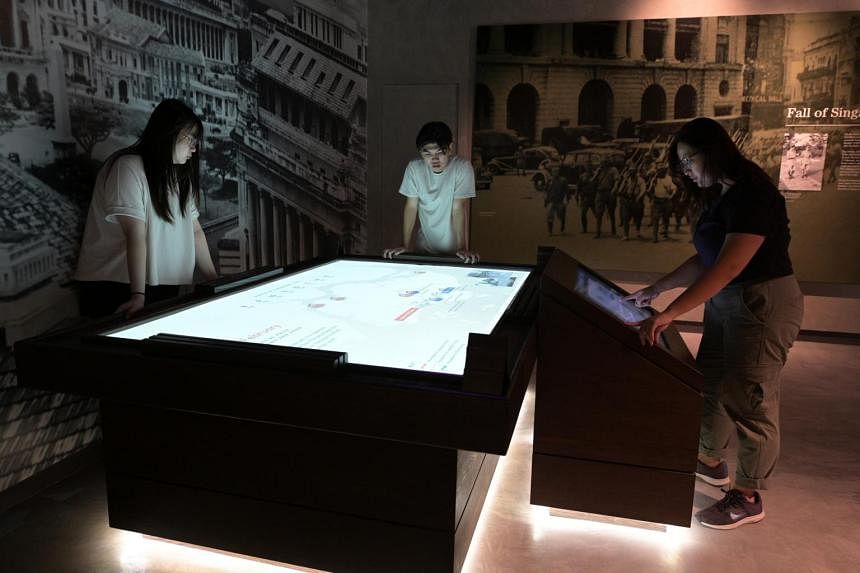SINGAPORE - There are several new features and programmes at Fort Canning Park, with others in the pipeline.
The National Parks Board on Friday (Aug 26) opened a new heritage gallery in Fort Canning Centre, located in the heart of the 18ha park.
Also new is a Spice Gallery in the park's Spice Garden, where visitors can learn about the history of spice trade in Singapore.
Here are five new features and programmes to look forward to in the park.
1. How was Fort Canning Park named?
Known by several names over the course of its centuries-long history, the hill that is today called Fort Canning Park takes on the name of the fort that was constructed on it from 1859.
The fort was named after Viscount Charles John Canning, the governor-general and the first viceroy of India.
One section of the new Fort Canning Heritage Gallery focuses on the hill's history as a military base, and features an interactive digital projection that depicts troop movement in the events leading to Singapore's fall in World War II.
Also on display are archaeological finds that shed light on what life was like for soldiers and their families on the hill until 1972, when the military vacated the hill and it became a public park. These include ceramics and a toy.
2. Spicy origins
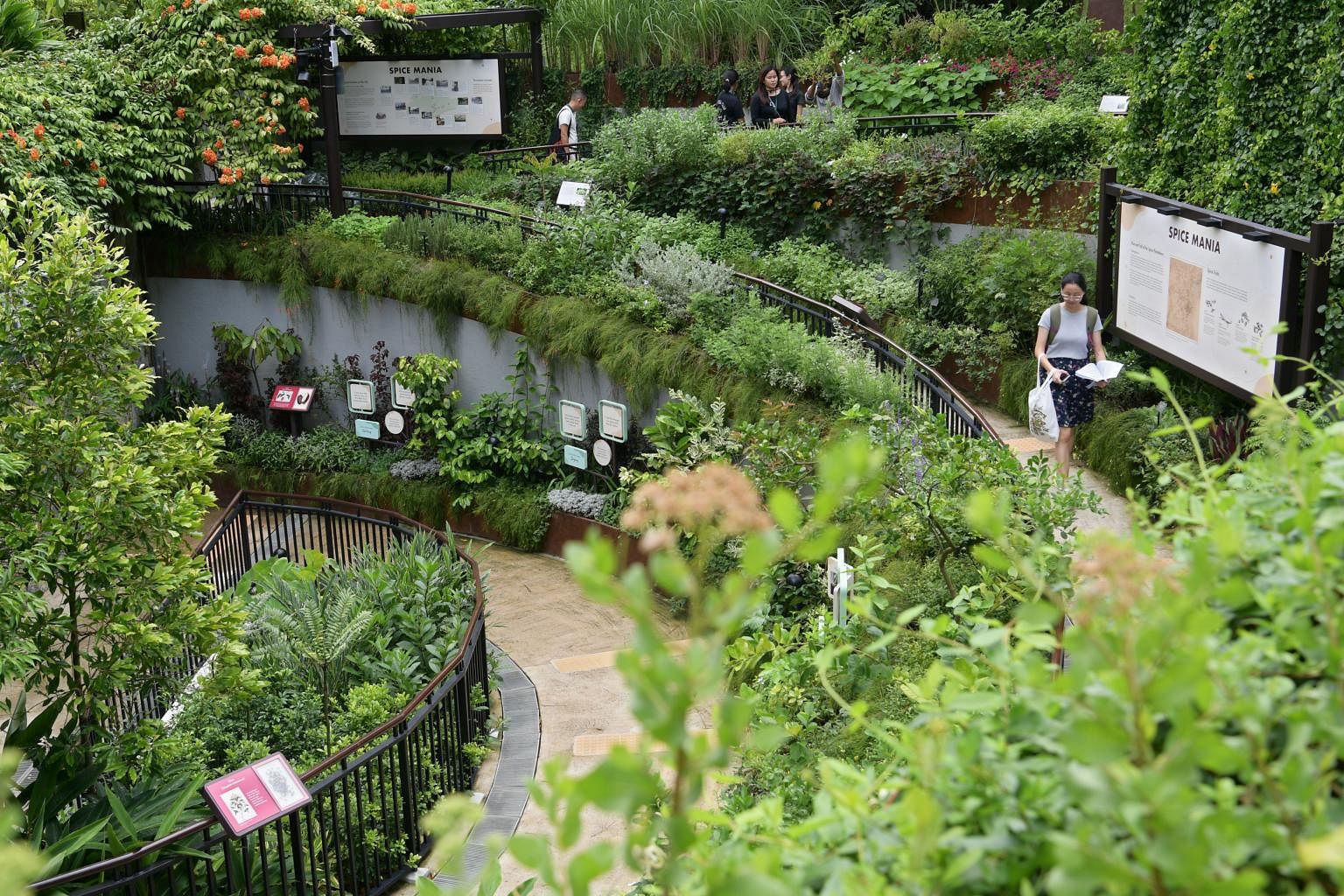
Several panels in the new Spice Gallery recount Sir Stamford Raffles' vision of developing Singapore into a spice island, where spices were grown and traded.
While the plan was short-lived, with "nutmeg mania" in Singapore lasting only a few decades, many of the island's early spice and cash crop cultivators are still remembered today through road and place names.
One panel in the Spice Gallery highlights some of these roads, such as Somapah Road in Changi, named after Hunmah Somapah, an Indian landlord who once owned a coconut plantation in the area.
3. 180 plant varieties
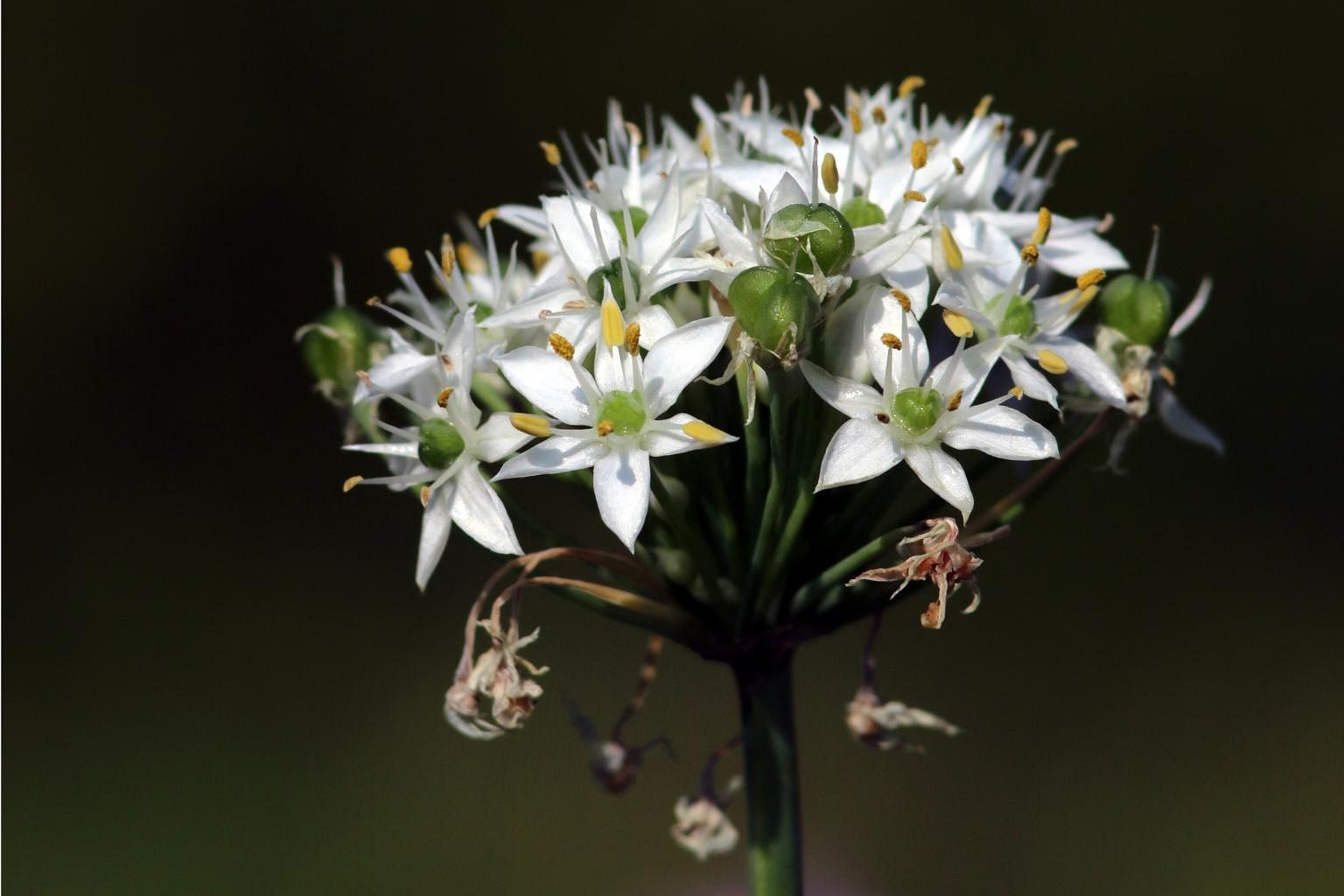
With the new Spice Gallery, the Spice Garden now has more than 180 plant varieties, including various herbs and spices.
They include crops previously grown in Singapore for trade such as pepper and gambier, as well as a variety of plants used in eastern and western cooking such as chives, cardamon, oregano and rosemary.
4. Ancient ceramics
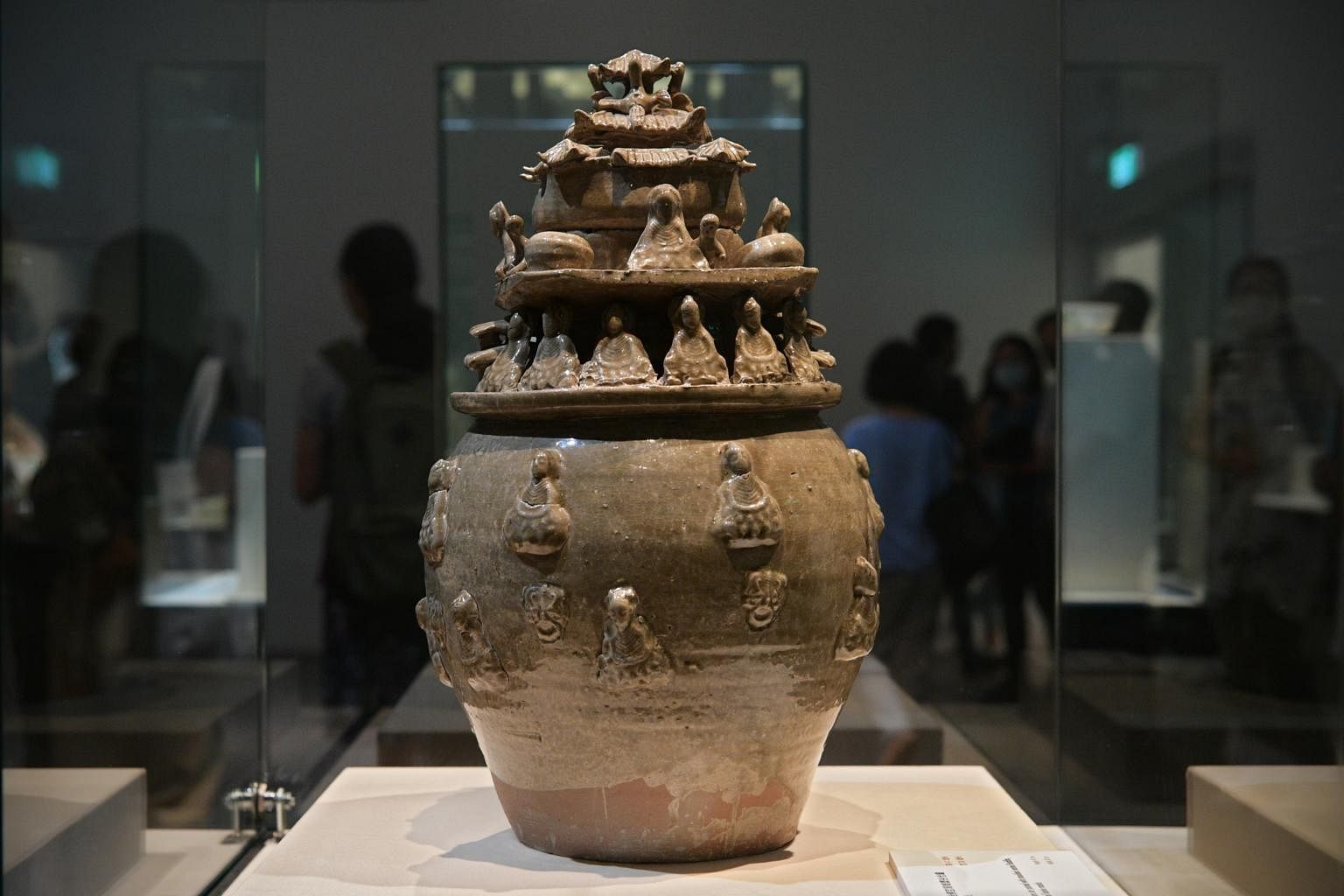
Besides the heritage gallery, the conserved Fort Canning Centre - a former British army barracks built in 1926 - also has a 210 sq m gallery space on its third level.
It will host two exhibitions by the Society for Chinese Ceramics Studies, with the first running from Oct 7 to Feb 10, 2023, focusing on glazes and forms through 5,000 years on Chinese ceramics, and the second from Feb 24 to June 30, 2023, on Song and Yuan dynasty ceramics. Admission will be free.
From now to Sept 11, visitors can get a preview of the first exhibition through a display of 12 artefacts, including a celadon glazed barn jar from the third century that has several moulded statues of a seated Buddha on it.
5. Improved play areas
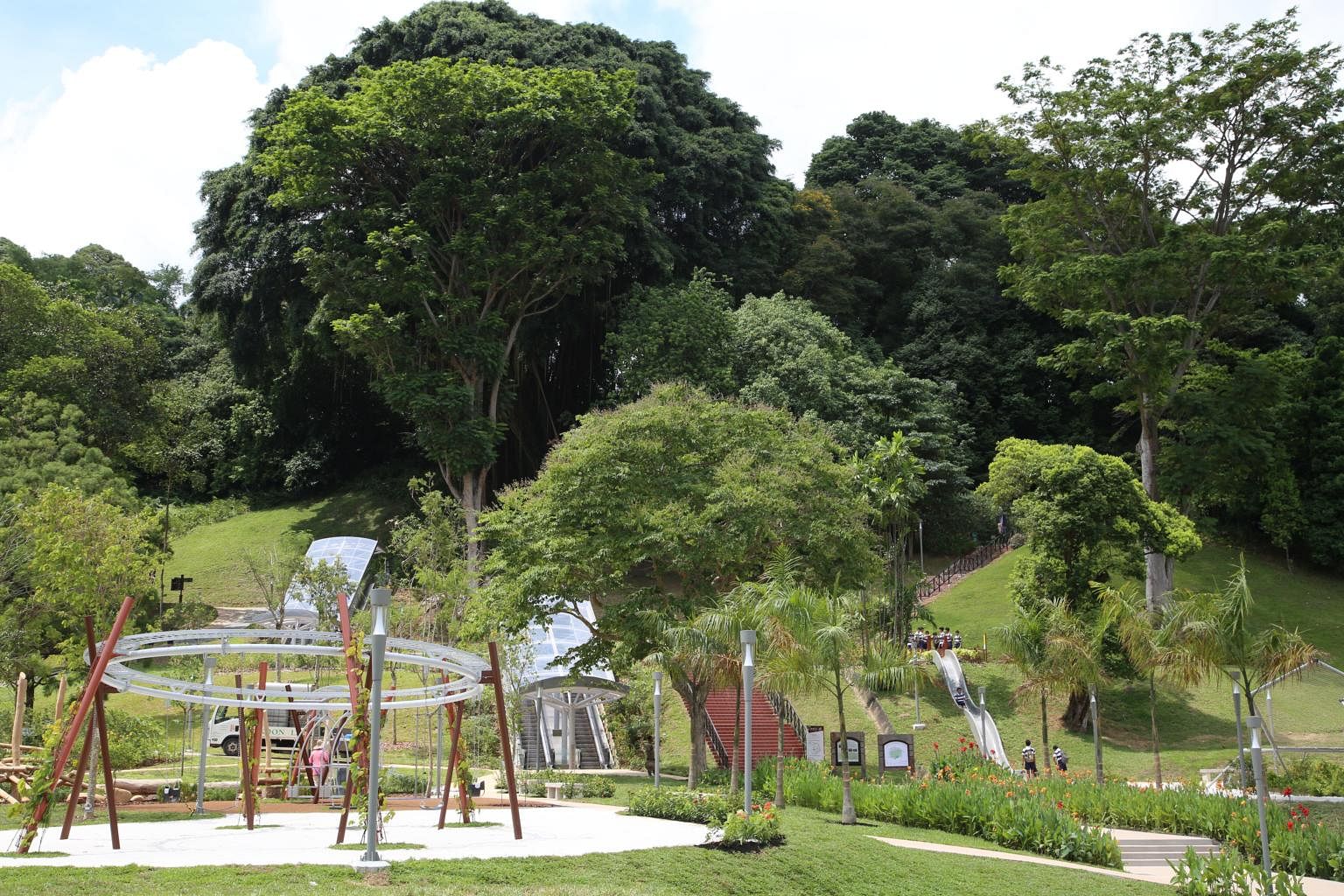
Improvement works for the Jubilee Park playground - located next to Fort Canning MRT station - will commence in 2023 and be completed progressively from 2024.
NParks group director for Fort Canning Park and Istana division Ryan Lee said there will likely be more adventure and nature-play elements, which may include play mounds and a rain garden where children can play in water.
